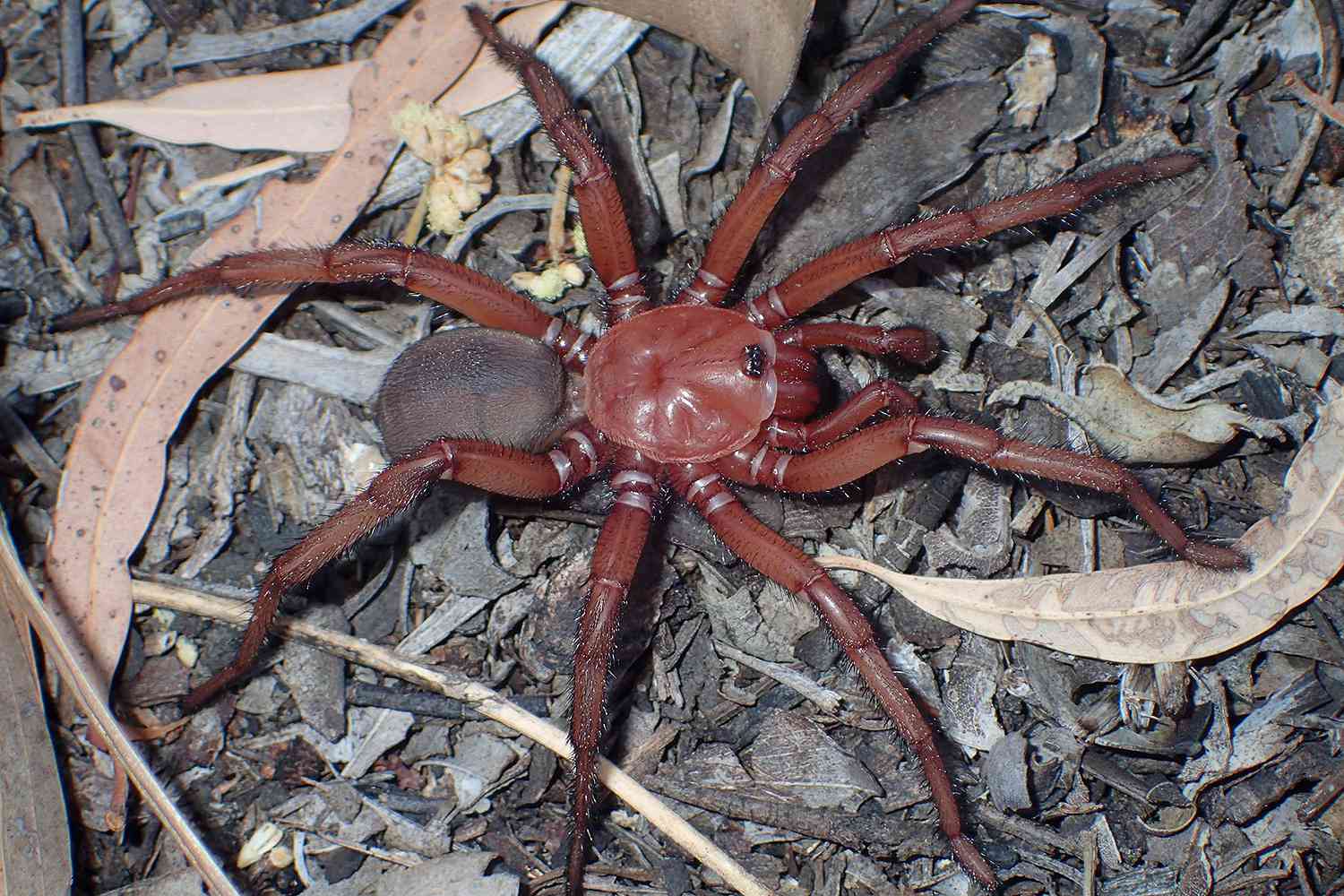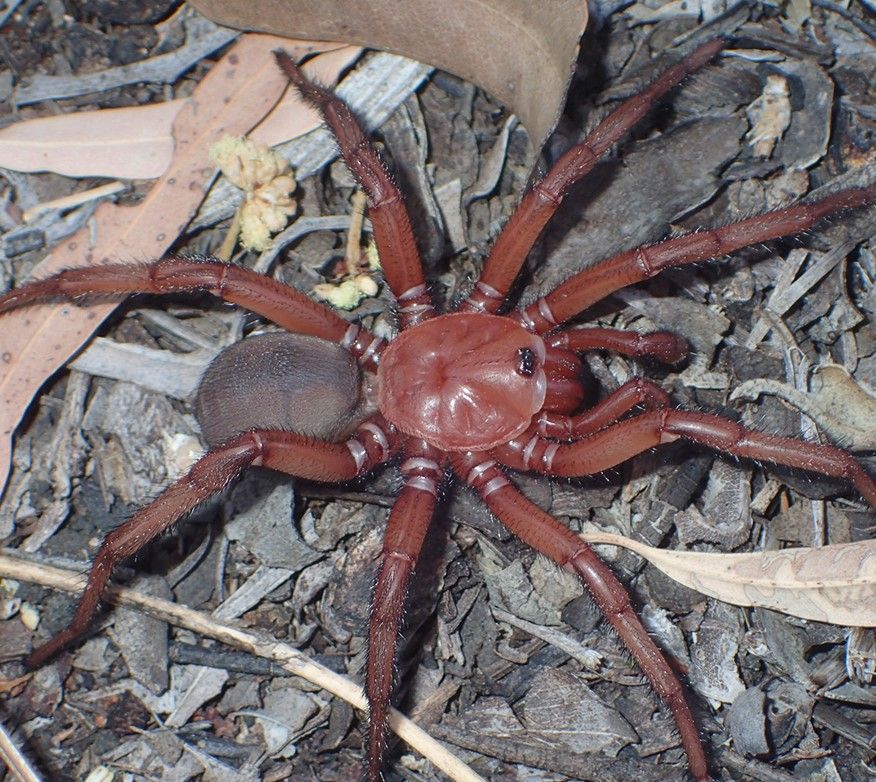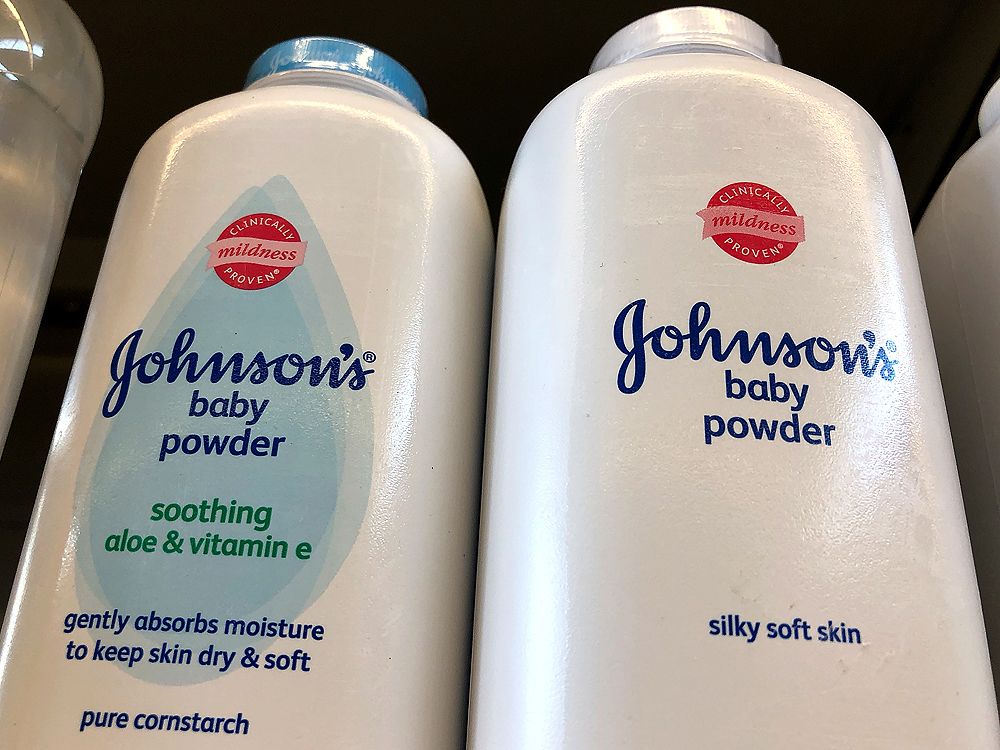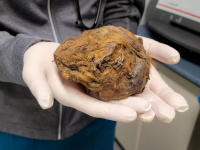Hershey looking to remove lead, cadmium from chocolate: CFO
Author of the article:Reuters
Reuters
Jessica Dinapoli
Published Mar 23, 2023 • 2 minute read
HERSHEY — Hershey Co is looking to reduce “trace” amounts of lead and cadmium in its chocolate, chief financial officer Steve Voskiul told Reuters on Wednesday, after Consumer Reports found that some dark chocolate bars had potentially harmful levels of the heavy metals.
Consumer Reports, a nonprofit consumer group, tested chocolate bars including those made by Hershey late last year and found that some of them contained possibly harmful levels of lead, cadmium or both for people who eat more than one ounce per day.
The trace amounts of the metals found in some chocolate are “below any recommended level, any standard,” Voskuil said, adding that lead and cadmium are elements in soil and can naturally occur in the product.
“Depending on where you source, you may get relatively more lead or cadium in West Africa versus South America, but in both cases it’s a naturally occurring ingredient,” Voskuil said.
“We would love to eradicate it completely and continue to look for opportunities in the process, is there more we can do there,” he said on the sidelines of the Reese’s makers’ investor day.
A company spokesperson said “given the natural occurrence of minerals, it’s difficult to completely eliminate them from agricultural ingredients.”
Consumer Reports found that Hershey’s Lily’s extremely dark chocolate 85% cocoa bar was high in lead and cadmium. Its Hershey’s Special Dark mildly sweet chocolate and Lily’s extra dark chocolate 70% were also high in lead according to the report.
Voskuil said the manufacturing and cleaning process for cocoa beans removes the “vast majority” of lead and cadmium.
Hershey is “evaluating” if it can remove more of the metals through additional cleaning of cocoa beans or alternate sourcing, he said.
“Despite the cleaning process we’re also always looking, are there other things we can do to reduce it even lower,” Voskuil said.
Hershey faces multiple lawsuits from consumers who claim the chocolate maker should have disclosed the levels of heavy metals, and that they would have paid less for or not bought the products had they known.

 consumerreports.org
consumerreports.org

 torontosun.com
torontosun.com

Author of the article:Reuters
Reuters
Jessica Dinapoli
Published Mar 23, 2023 • 2 minute read
HERSHEY — Hershey Co is looking to reduce “trace” amounts of lead and cadmium in its chocolate, chief financial officer Steve Voskiul told Reuters on Wednesday, after Consumer Reports found that some dark chocolate bars had potentially harmful levels of the heavy metals.
Consumer Reports, a nonprofit consumer group, tested chocolate bars including those made by Hershey late last year and found that some of them contained possibly harmful levels of lead, cadmium or both for people who eat more than one ounce per day.
The trace amounts of the metals found in some chocolate are “below any recommended level, any standard,” Voskuil said, adding that lead and cadmium are elements in soil and can naturally occur in the product.
“Depending on where you source, you may get relatively more lead or cadium in West Africa versus South America, but in both cases it’s a naturally occurring ingredient,” Voskuil said.
“We would love to eradicate it completely and continue to look for opportunities in the process, is there more we can do there,” he said on the sidelines of the Reese’s makers’ investor day.
A company spokesperson said “given the natural occurrence of minerals, it’s difficult to completely eliminate them from agricultural ingredients.”
Consumer Reports found that Hershey’s Lily’s extremely dark chocolate 85% cocoa bar was high in lead and cadmium. Its Hershey’s Special Dark mildly sweet chocolate and Lily’s extra dark chocolate 70% were also high in lead according to the report.
Voskuil said the manufacturing and cleaning process for cocoa beans removes the “vast majority” of lead and cadmium.
Hershey is “evaluating” if it can remove more of the metals through additional cleaning of cocoa beans or alternate sourcing, he said.
“Despite the cleaning process we’re also always looking, are there other things we can do to reduce it even lower,” Voskuil said.
Hershey faces multiple lawsuits from consumers who claim the chocolate maker should have disclosed the levels of heavy metals, and that they would have paid less for or not bought the products had they known.
Lead and Cadmium Could Be in Your Dark Chocolate - Consumer Reports
Consumer Reports tested 28 dark chocolate bars and found cadmium and lead in all of them. Here's how to limit your heavy metal exposure.

Hershey looking to remove lead, cadmium from chocolate: CFO
Hershey Co is looking to reduce "trace" amounts of lead and cadmium in its chocolate, chief financial officer Steve Voskiul told Reuters.


![spider-3[1].jpg spider-3[1].jpg](https://forums.canadiancontent.net/data/attachments/16/16001-454359e047f7325d50d6a6dddc866ac2.jpg)








